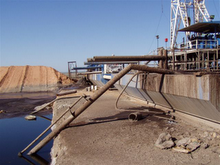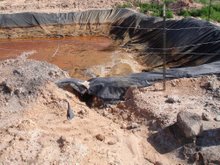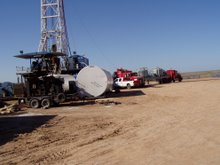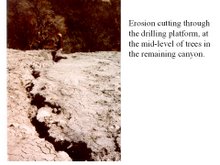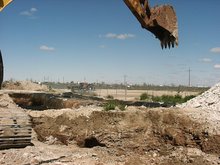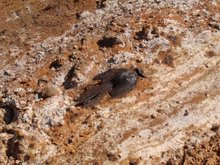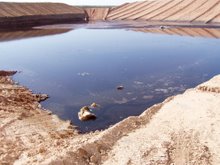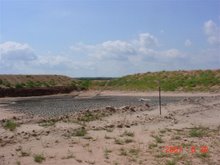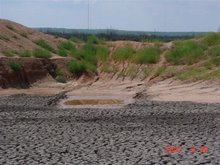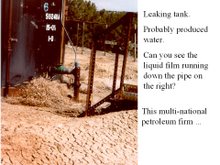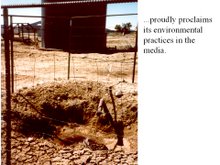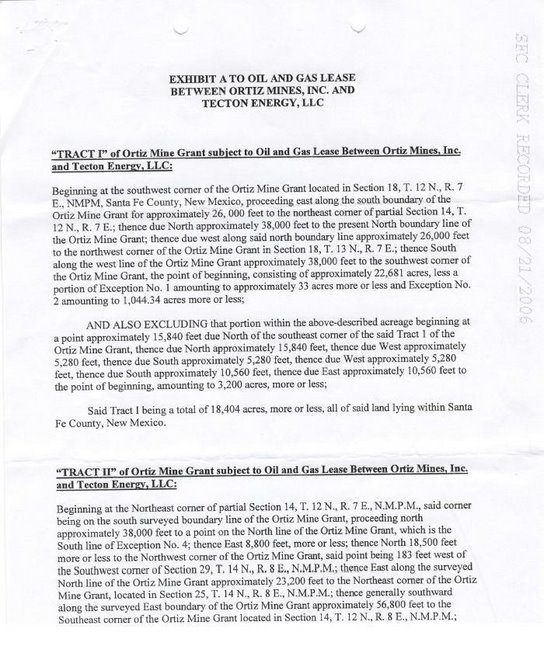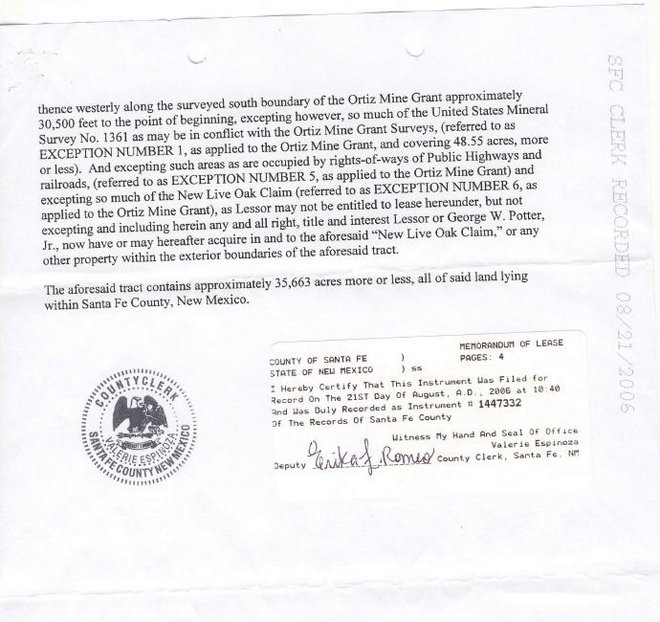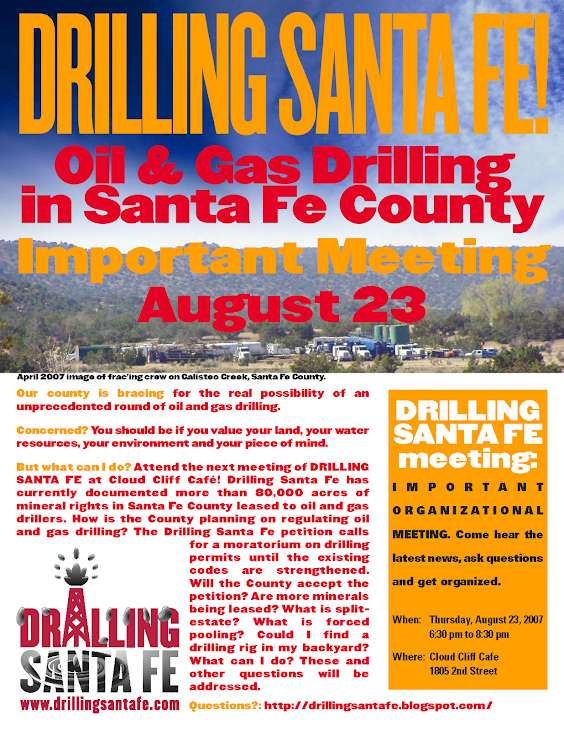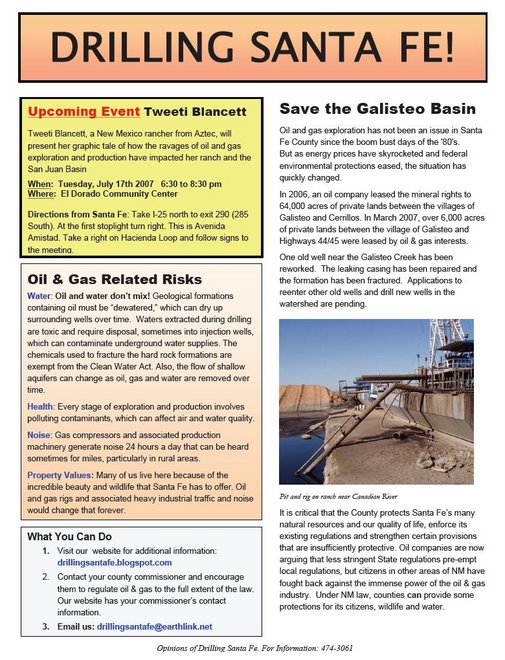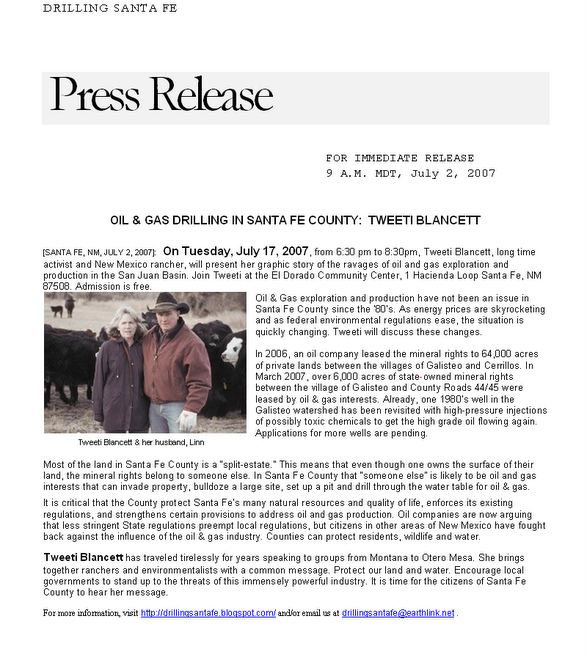Have the Drillers Leased the Minerals Under Your Land?
Most land in Santa Fe county is split-estate. Most residents only own the surface of their land. The sub-surface rights belong to previous owners or the State or Federal government, and legally, the mineral rights take precedent over your surface rights. Oil & gas interests can lease those mineral rights without your knowledge. As of August 1st, Drilling Santa Fe has documented more than 80,000 acres of mineral rights in the Galisteo Basin and the Ortiz Mountains leased to oil and gas drillers.
Mineral owners should require stringent environmental restrictions in their leases. However, enforcement is difficult and seldom occurs with absentee mineral owners. The surface owners and neighbors are left with the damages.
The new Surface Owners Protection Act became law on July 1st, but it offers little protection for the environment, the water, or the neighbors.
Disclaimer: The views expressed are those of Drilling Santa Fe.
Article about the Colfax County experience and why Santa Fe County needs strong regulations, monitoring and enforcement: "The Real New West: Colfax County, New Mexico Successfully Beaten Into Place."
"Essentially, the people of Colfax County are throwing away their land, water, air, health and economic future for....well,
nada mucho."

